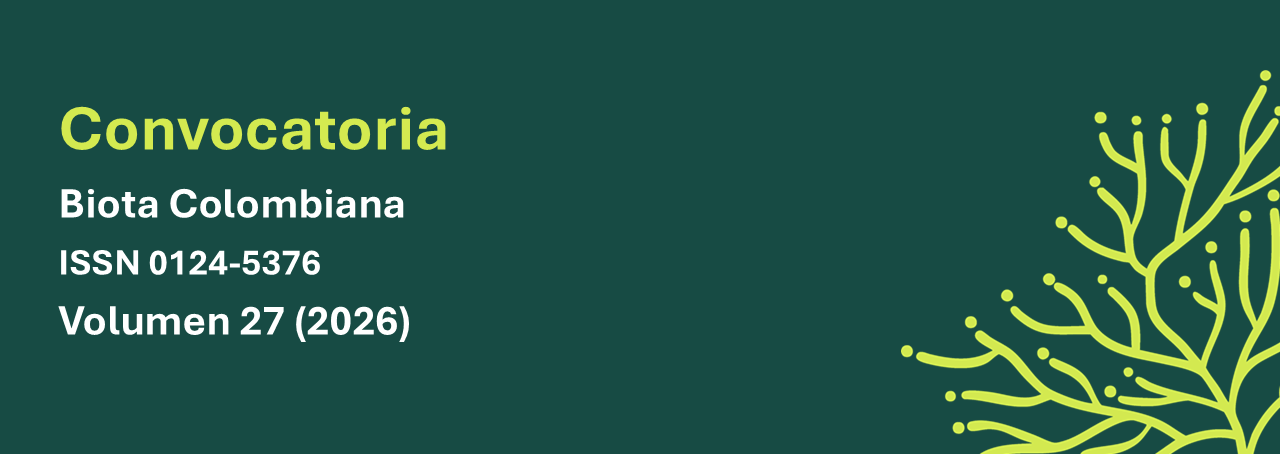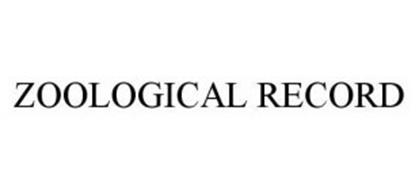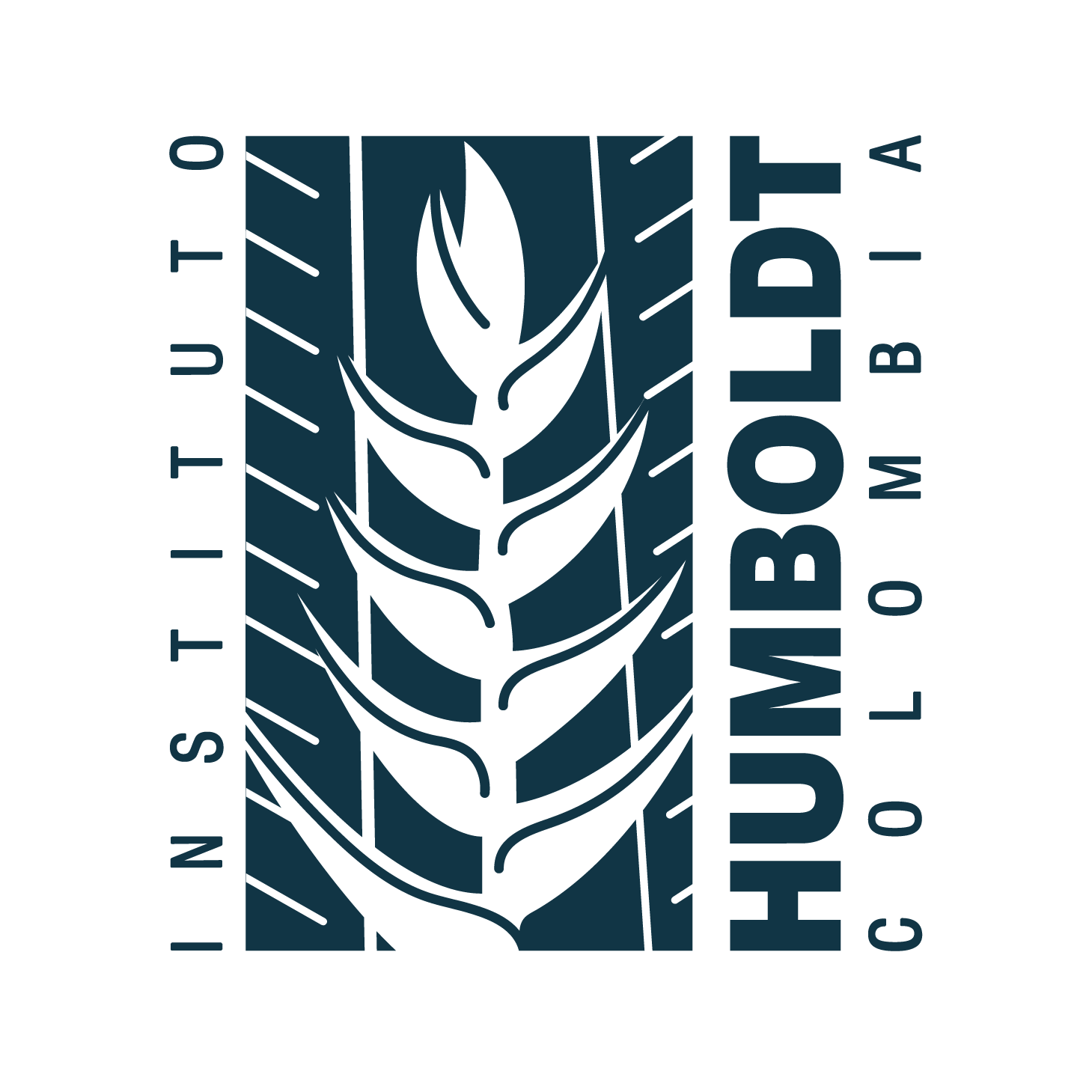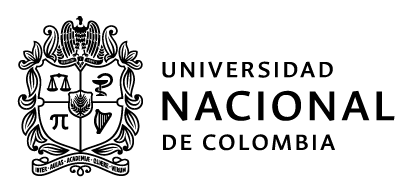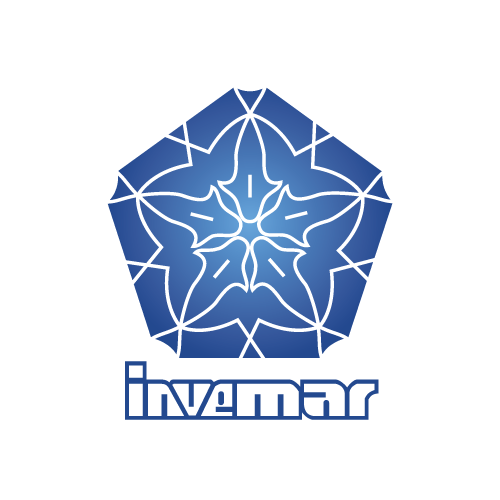Abstract (en):
Abstract (es):
En Colombia se han registrado seis especies de armadillos, de las cuales cinco se encuentran en la región de la Orinoquia. Para el departamento de Arauca, la información sobre estas especies es insuficiente y desactualizada. Determinamos la abundancia y los usos de dos géneros de armadillos (Dasypus y Priodontes), mediante la aplicación
de encuestas, a través de transectos lineales y por medio del empleo de cámaras trampa. Obtuvimos un total
de 22 avistamientos, de los cuales 13 correspondieron a Dasypus sabanicola, 8 a D. novemcinctus y 1 a Priodontes
maximus. El 2.8 % (4) de las personas entrevistadas aseguran, además, haber observado a D. kappleri. A través de
las entrevistas desarrolladas, encontramos que el 95.2 % de las personas aprovechan los armadillos como fuente
de proteína, el 3.4 % los usan como mascotas y el 1.4 % los comercializan. Los armadillos en el municipio de
Arauca pueden estar en estado de amenaza, debido a la cacería de subsistencia y la destrucción y fragmentación
de sus hábitats.
Keywords:
Bushmeat hunting, Camera trap, Dasypus, Orinoco basin, Priodontes, Savannas (en)
References
Abba, A. M. & Superina, M. (2010). The 2009/2010 armadillo red list assessment. Edentata, 11, 135-184.
Abba, A. M., Cassini, G. H., Valverde, G., Tilak, M., Vizcaíno, S. F., Superina, M. & Delsuc, F. (2015). Systematics of hairy armadillos and the taxonomic status of the Andean hairy armadillo (Chaetophractus nationi). Journal of Mammalogy, 96, 673-689.
Albarracín, F., Salcedo, N. & Cleves, C. E. (1997). Identificación de helmintos en el armadillo nueve cintas (Dasypus novemcinctus) en sabanas tropicales del municipio de Pore (Casanare). Revista ACOVEZ, 22, 20-23.
Amaya, L. F. (2016). Censo y predios que siembran arroz en el departamento de Arauca. Administración, desarrollo, supervisión y ejecución de proyectos de desarrollo agropecuario. Arauca: Fundeorinoquía. 22 pp.
Aya-Cuero, C. (2016). Transporte de material vegetal por el armadillo espuelón Dasypus kappleri Krauss, 1862 para la construcción de nido en un bosque de galería de los Llanos Orientales de Colombia. Edentata, 17, 57-60.
Cortés, A., Superina, M. & Trujillo, F. (2015). Etograma para tres especies de armadillos (Dasypus sabanicola, D. novemcinctus y Cabassous unicinctus) mantenidas en condiciones controladas en Villavicencio, Colombia. Edentata, 16, 1-10.
Díaz-Pulido, A. & Payán, E. (2012). Manual de fototrampeo: una herramienta de investigación para la conservación de la biodiversidad en Colombia. Bogotá D. C.: Instituto de Investigación de Recursos Biológicos Alexander von Humboldt, Panthera Colombia. 32 pp.
Feijó, A. & Cordeiro-Estrela, P. (2016). Taxonomic revision of the Dasypus kappleri complex, with revalidations of Dasypus pastasae (Thomas, 1901) and Dasypus beniensis Lönnberg, 1942
(Cingulata, Dasypodidae). Zootaxa, 4170(2), 271-297.
Feijó, A. Patterson, B. D. & Cordeiro-Estrela, P. (2018). Taxonomic revision of the long-nosed
armadillos, Genus Dasypus Linnaeus, 1758 (Mammalia, Cingulata). PLoS ONE, 13(4), 1-69.
Ferguson, A. 1984. El Cachicamo Sabanero: aspectos de su biología y ecología. Caracas, Venezuela: Fondo Editorial Acta Científica Venezolana. 129 pp.
Ferrer-Pérez, A., Beltrán, M., Díaz-Pulido, A. P., Trujillo, F., Mantilla-Meluk, H., Herrera, O., Alfonso, A. F. & Payán, E. (2009). Lista de los mamíferos de la cuenca del río Orinoco. Biota Colombiana, 10(1-2), 179-207.
Gibb, G. C., Condamine, F. L., Kuch, M., Moraes-Barros, N., Superina, M., Poinar H. N. & Delsuc, F. (2016). Shotgun mitogenomics provides a reference phylogenetic framework and timescale for living xenarthrans. Molecular Biology and Evolution, 33, 621-642.
Gobernación de Arauca. (2011). Investigación para la caracterización y localización de las poblaciones naturales de Chigüiros (Hydrochoerus hydrochaeris) del departamento de Arauca. Informe técnico. Gobernación de Arauca, Colombia. 45 pp.
Hétier, J. M. & López, R. (2003). Tierras llaneras de Venezuela. Mérida, Venezuela: Centro Interamericano de Desarrollo e Investigación Ambiental y Territorial CIDIAT. Pp. 59-548.
Humanez-López, E., Chacón, J. & Plese, T. (2015). Áreas de extracción de xenartros en el Caribe colombiano. Edentata, 16, 65-68.
ICA. Instituto Colombiano Agropecuario. (2017). Censo 2017, censo bovino de Colombia. Área pecuaria, oficina de epidemiología veterinaria. 2 pp.
Ideam. Instituto de Hidrología, Meteorología y Estudios Ambientales. (2012). Informe técnico. Climatología trimestral de Colombia. 19 pp.
Lasso, C. A., Rial, A., Matallana, C., Ramírez, W., Señaris, J., Díaz-Pulido, A., Corzo, G. & Machado-Allison, A. (2011). Biodiversidad de la cuenca del Orinoco. Bogotá D. C.: Instituto de Investigación de Recursos Biológicos Alexander von Humboldt, Min Ambiente, W.W.F., Fundación Omacha. 304 pp.
López, C. A., Gutiérrez, C. E. & Lara, N. E. (2011). Carnívoros inventarios y monitoreo. En Gallina, S. & López-González, C. (Eds.). Manual de técnicas para el estudio de la fauna. Pp. 133-142. Querétaro, México: Universidad Autónoma de Querétaro. Pp. 45-130.
Martínez, M. P., López, H. F. & Sánchez, P. (2016). Cacería de subsistencia de mamíferos en el sector oriental de la reserva de biósfera El Tuparro, Vichada (Colombia). Acta Biológica Colombiana, 21, 151-166.
Möller-Krull, M., Delsuc, F., Churakov, G., Marker, C., Superina, M., Brosius, J., Douzery, E. J. P. & Schmitz, J. (2007). Retroposed elements and their flanking regions resolve the evolutionary history of xenarthran mammals (armadillos, anteaters, and sloths). Molecular Biology and Evolution, 24, 2573-2582.
Pinzón, C., Rangel-Ch, J., Minorta-Cely, O. & Aymard, G. (2017). Riqueza y diversidad de las plantas con flores del área de los humedales y las sabanas inundables del departamento de Arauca, Colombia. BioLlania, 15, 470-532.
Prato, T. (2009). Evaluating and managing wildlife impacts of climate change under uncertainty. Ecological Modelling, 220(7), 923-930.
Rangel-Ch, J.O., Gopar-Merino, L. F. & Minorta-Cely, V. (2017). Caracterización climática de las sabanas inundables y los humedales de Arauca, Colombia. BioLlania, 15, 357-409.
Rodríguez-Mahecha, J. V., Alberico, M. Trujillo, F. & Jorgenson, J. (2006). Libro rojo de los mamíferos de Colombia. Bogotá D. C.: Conservación internacional Colombia y Ministerio de Ambiente. 433 pp.
Srbek-Araujo, A. C. & Chiarello, A. (2013). Influence of camera-trap sampling design on mammal species capture rates and community structures in southeastern Brazil. Biota Neotropica, 3, 51-62.
Superina, M. Brieva, R. C., Aguilar, R. F. & Trujillo, F. (2014). Manual de mantenimiento y rehabilitación de armadillos. Bogotá, Colombia: Fundación Omacha, ODL, Cormacarena, Corporinoquia, Corpometa y Bioparque Los Ocarros. 96 pp.
Tlapaya, L. & Gallina, S. (2010). Cacería de mamíferos medianos en cafetales del centro de Veracruz, México. Acta Zoológica Mexicana, 26, 259-277.
Trujillo, F. & Superina, M. (2013). Armadillos de los Llanos Orientales. Colombia: Fundación Omacha, ODL, Corporinoquia, Cormacarena, Bioparque los Ocarros, Corpometa. 176 pp.
UICN. (2018). The IUCN Red List of Threatened Species. Version 2018-1. International Union for the Conservation of Nature. . Consultado el 14 de septiembre de 2018.
How to Cite
The works published in the journals of the Alexander von Humboldt Biological Resources Research Institute are subject to the following terms, in relation to copyright:
1. The patrimonial rights of the published works are assigned to Instituto de Investigación de Recursos Biológicos Alexander von Humboldt. The authors or institutions that elaborate the document agree to transfer the patrimonial rights to the Humboldt Institute with the sending of their articles, which allows, among other things, the reproduction, public communication, dissemination and dissemination of works.
2. The works of digital editions are published under a Creative Commons Colombia license:
Creative Commons License
This work is licensed under a Creative Commons Atribución-NoComercial-SinDerivar 4.0 Internacional.
> Attribution - Non-commercial - No Derivative: This license is the most restrictive of the six main licenses, it only allows others to download the works and share them with others, as long as their authorship is acknowledged, but they cannot be changed in any way, nor can they be used commercially.
3. The authors, when submitting articles to the editorial process of the magazines published by the Humboldt Institute, accept the institutional dispositions on copyright and open access.
4. All items received will be subjected to anti-plagiarism software. The submission of an article to the magazines of the Humboldt Institute is understood as the acceptance of the review to detect possible plagiarism.
5. The works submitted to the editing process of the magazines of the Humboldt Institute must be unpublished.




